Auria tomatoes, characteristics of the variety, planting rules, care technology
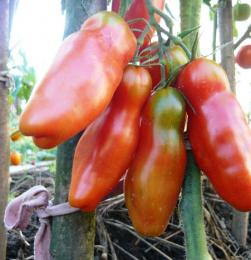
Today, amateur gardeners strive to grow not only the traditionally cultivated varieties of vegetables in a certain area, even if they are actually capable of producing excellent harvests. Every summer resident, every now and then, has a desire to surprise his family, and perhaps all his neighbors, by growing varieties of tomatoes that are unique in taste, color, fruit weight or shape.
Thanks to such trends, many amateur varieties are gaining popularity. For example, the Auria tomato, which is not even included in the general register of varieties, attracted the attention of plant growers with its non-standard appearance. Let's figure out why this variety is interesting.
Contents:
- Features of the tomato variety Auria
- How are the fruits different?
- What are the advantages and disadvantages of the variety
- Sowing seeds for seedlings
- Specifics of planting and care
- Watering
Features of the tomato variety Auria
This variety tomato famous for its high productivity. The growth of each of the Auria bushes is not limited by nature, so it can be surprisingly tall and reach two meters. The stem of the bush resembles a vine and does not have a hard stem. Therefore, in the process of growth it will have to be tied up. In addition, you will need to do pinching and form a maximum of 2 stems.
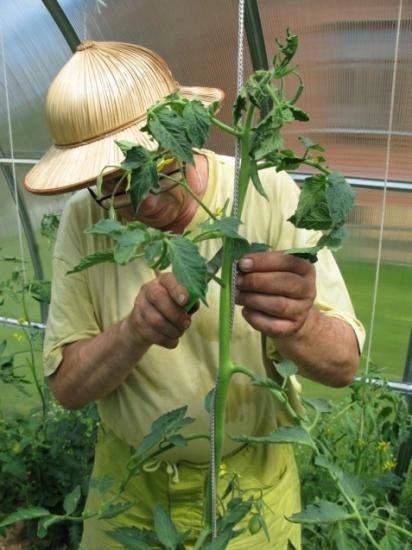
The leaves of the plant are light green in color and remain that way until late autumn. The shape of the leaves is practically no different from the leaves of ordinary tomato varieties.
The only difference is the size of the leaves.They are not much smaller than ordinary ones.
The distance between clusters of fruits in Auria is significant.
Shoots of this variety tomatoes quite weak. Therefore, special attention must be paid to the support for them. It must be powerful and reliable. In addition, you need to keep in mind that about a dozen fairly large fruits can set and grow on each of the clusters.
During this period of the plant’s life, it is very important to monitor the condition of the stems and make sure that they do not become deformed or break under the weight of the ripening ovary.
Fruit characteristics
Auria tomatoes are classified as high-yielding varieties. The fruits ripen on clusters. It is not uncommon for more than 10 fruits to ripen on one cluster at the same time. The variety is positioned as mid-season. The time period from the emergence of seedlings to the full ripening of the crop will be about 115 days.
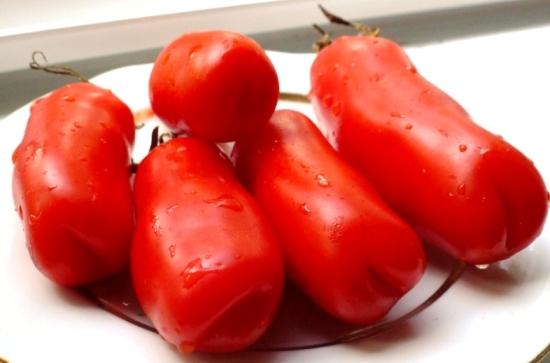
The main difference between these tomatoes is the shape of the fruit, which is an elongated oval with a slightly forked end.
The color of the fruits does not differ in any way from the fruits of other members of the family. The final phase of ripening suggests that the fruits become their usual red color. The fruits can reach 15 cm in length. Their weight reaches 150 grams. The pulp is quite dense.
Availability seeds Inside you will be pleasantly surprised by not much quantity. This vegetable crop can be used both for consumption raw and for preparing various dishes or canning.
Advantages and disadvantages of the variety
The only disadvantages include the tying process, which requires maximum care to avoid damage to the stem.
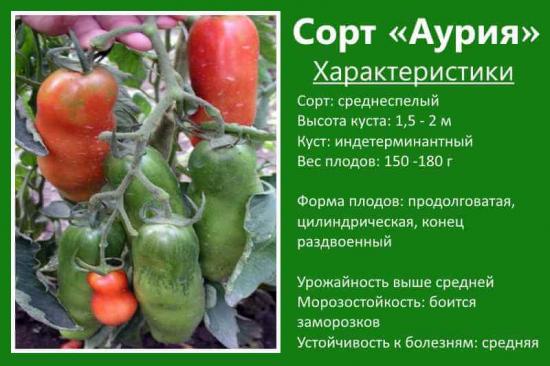
The Auria tomato has many more advantages:
- possibility of harvesting a large harvest;
- the ability to consume the crop in various fruit states without loss of shape and taste;
- high resistance pathogenic education;
- long fruiting period of the plant;
- a rather low percentage of the formation of fruits that are not standard, different from the declared shape;
- resistance to abnormal weather events.
Therefore, buying Auria tomato seeds is the dream of almost every amateur gardener who strives to grow a rich and original harvest.
Sowing seeds for seedlings
Before you start sowing seeds, you need to prepare the soil. You can purchase it at a specialty store or prepare it yourself. Prepare the soil for sowing as follows: mix the soil with humus in a percentage ratio of 1:1, add a small amount of peat.
Approximately a couple of months before the plants are planned to be planted in open ground, it is necessary to sow seeds to obtain seedlings. In the southern regions, the time for sowing seeds falls at the end of February - beginning of March. Thus, it turns out that in the last week of April it will be possible to begin planting seedlings in a permanent place.
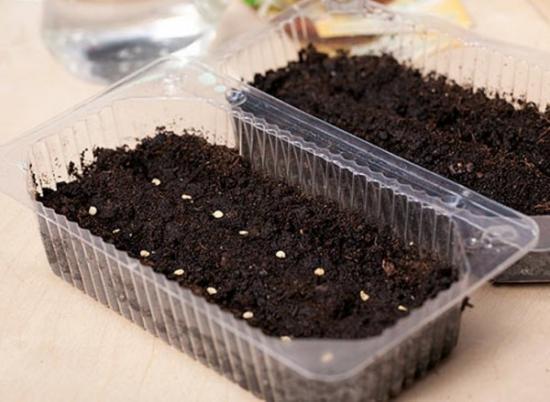
Before planting in prepared soil, the seeds are prepared as follows: make a weak solution of potassium permanganate and place the seeds in it for about half an hour. Potassium permanganate disinfects seed material. After the specified time has passed, the seeds are washed in clean water and left in it for some time.
After swelling, you can begin placing them in containers with prepared soil. The seed holes should be about 6 mm deep and spaced at least 3 cm apart from each other.No more than 2 seeds should fall into each of the prepared holes.
The final stage of the process is covering the containers with seeds with plastic film to obtain greenhouse effect. The containers must be placed in a room with good lighting and a stable temperature of at least +24 C. Watering the seeds planted for seedlings should be done in a timely manner and in the right quantity.
The appearance of the first shoots can be observed within a week. At this time, containers can be moved to another room with a constant temperature of up to +20C. After the first two leaves appear, you can produce organic feeding, for example humus.
After the formation of 6 leaves on the stems, it is necessary to pick and place the seedlings in large containers.
Transplantation into open ground
In the garden bed you need to choose the most suitable place for planting seedlings. The location, in the end, is a significant factor when wanting to get a good harvest. The place should be on an elevated part of the garden bed, but at the same time protected from possible strong gusts of wind. It is worth noting that the place where they were grown last season is well suited for growing tomatoes. legumes, salads or root vegetables (but not potatoes).

The selected location is fertilized with organic matter, approximately 1 bucket per 1 square meter. m. Planting should be done in the first days of June. There is an option to move the seedlings into open ground in the last week of May, but on the condition that a small greenhouse is built above it.
The distance between the holes should be at least 60 - 70 cm.In each of them, in advance, you need to pour a little weak solution of potassium permanganate, which will disinfect the soil and help in the future to prevent the manifestation of any diseases in the plant.
The next step involves carefully removing each stem seedlings with the soil that is around the already formed root, from the container and moving it into the hole. The seedlings should be covered with soil to the level where the first leaves are located.
Advice. Gartering of bushes should be done in advance. The support must be of appropriate height and strength. Immediately after planting, the tomatoes do not need to be watered. The first watering after planting can be done only after several weeks.
Watering
When it comes to watering the Auria tomato vegetable crop, not everything is simple and usual. This variety needs uniform and regular, but at the same time moderate watering. For the condition of the land on the site with tomatoes You need to constantly monitor and water only when the need arises.
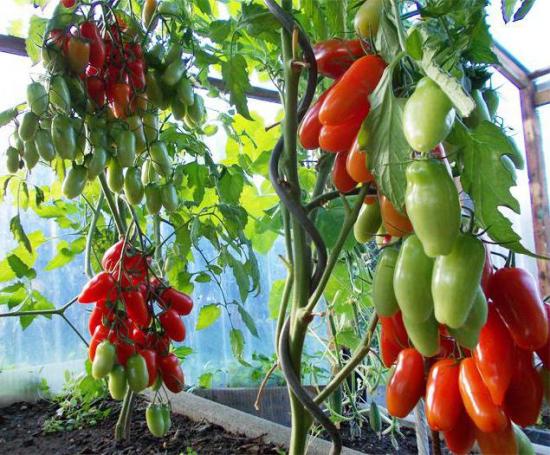
After a drought, you should not water heavily. It will be much better for the plant if soil moisture is distributed over two procedures.
If the weather conditions do not indulge in an abundance of sun, then it will be quite enough to pour 2 liters of water under each bush every week. If the sun is in abundance, then water procedures for Auria should be carried out twice a week.
Watch the video on how to grow auria tomatoes:


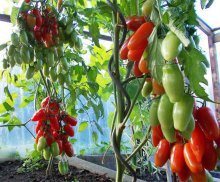
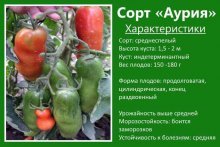
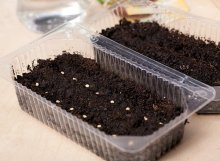
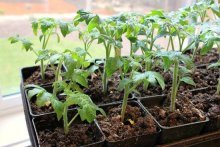
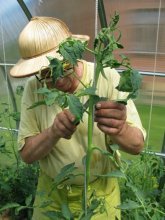
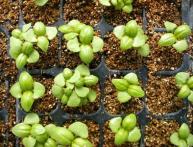
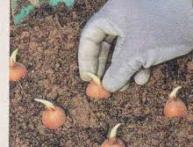
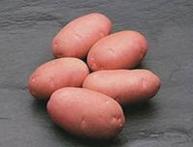
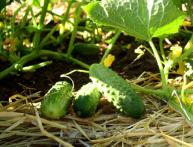
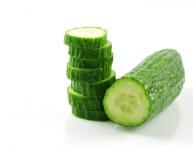
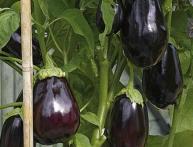
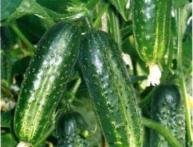
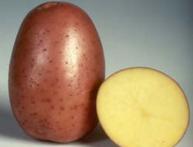
Comments
Next year I will definitely try to grow this variety of tomatoes; good and practical recommendations will help me achieve an excellent harvest. The varieties that I grew before were suitable for salads and canning. I'll try these for the same purposes.
A fairly productive variety, but in terms of taste I can’t call it my favorite. Although the fruits look very interesting, that’s why they are popular in our region.